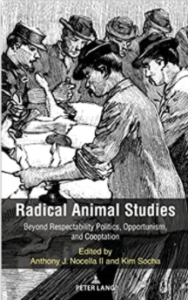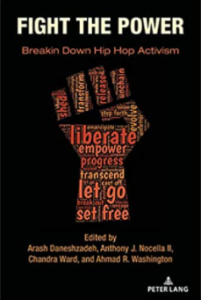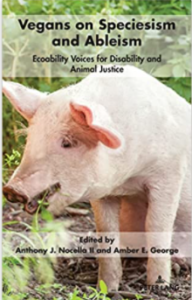Top 5 Aspects of Critical Thinking, April 2021
1. Critique: Pointing out weaknesses or flaws with the status quo. Critique is an expression of dissent backed up with experience and arguments. This is the “negative” side of critical thinking in the sense of taking something away or not doing something.
2. Suggesting alternatives: This is an important corrective to critique. If something is a problem, calling it out is only one step. Better alternatives should also be suggested to replace what is broken or not working properly. This is the “positive” aspect of critical thinking, in the sense of creating or doing something.
3. Remaining open-minded: Both critiques and suggested alternatives may change over time with new experiences. It is important to realize this and understand that any critique or alternative is not necessarily good for everyone in all instances. Others may also have good suggestions that work as alternatives to the status quo. There may even be more than one alternative that can operate together.
4. Reflexivity and context: Individuals must constantly attempt to understand how their own situation(s) shapes their perceptions of both the status quo and feasibility of alternatives. Such situations constantly change and one’s position relative to change must be considered. As context changes, one’s position(s) and experiences change also. Flexibility is key.
5. Emotion: Despite the fact that some argue that thought is distinct from emotion, critical thinking is an emotional endeavor. It is rooted in an emotion connection to a topic or set of topics. Being thoroughly critical is tough emotional labor.









